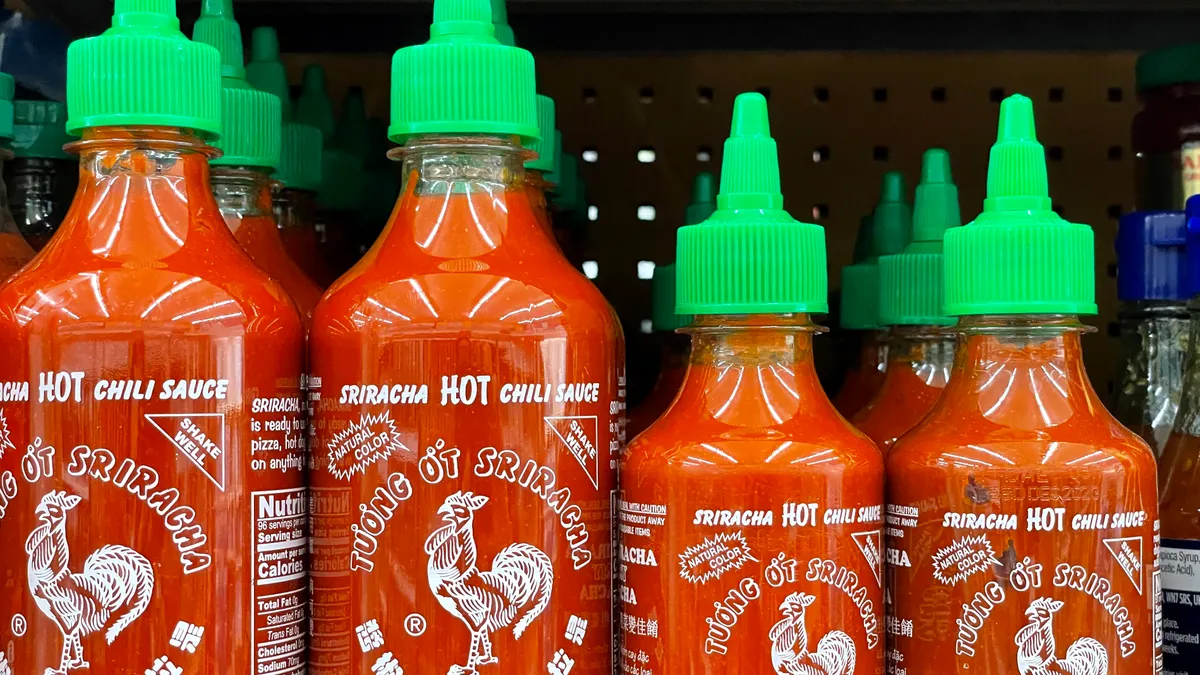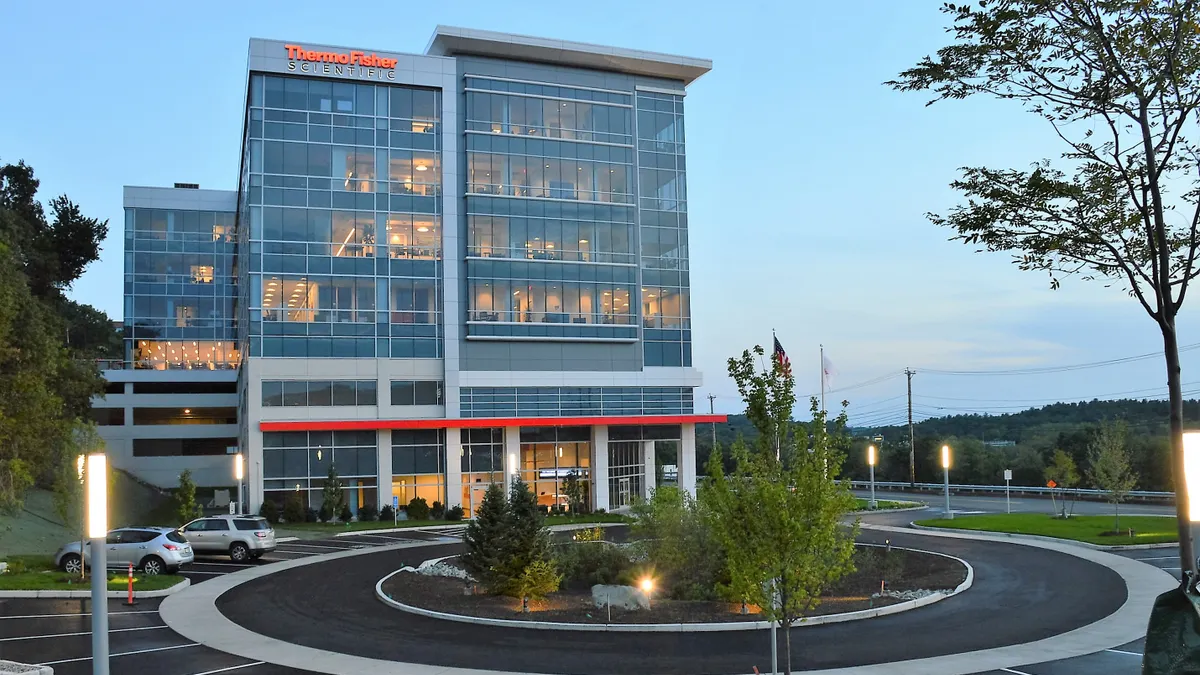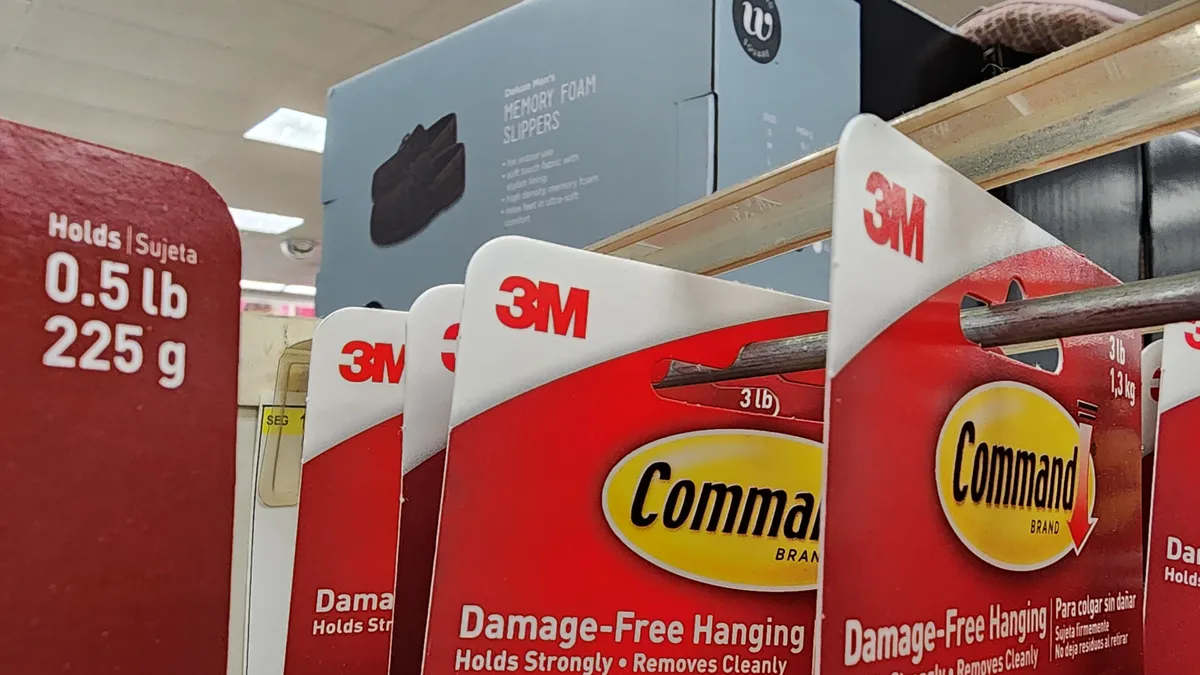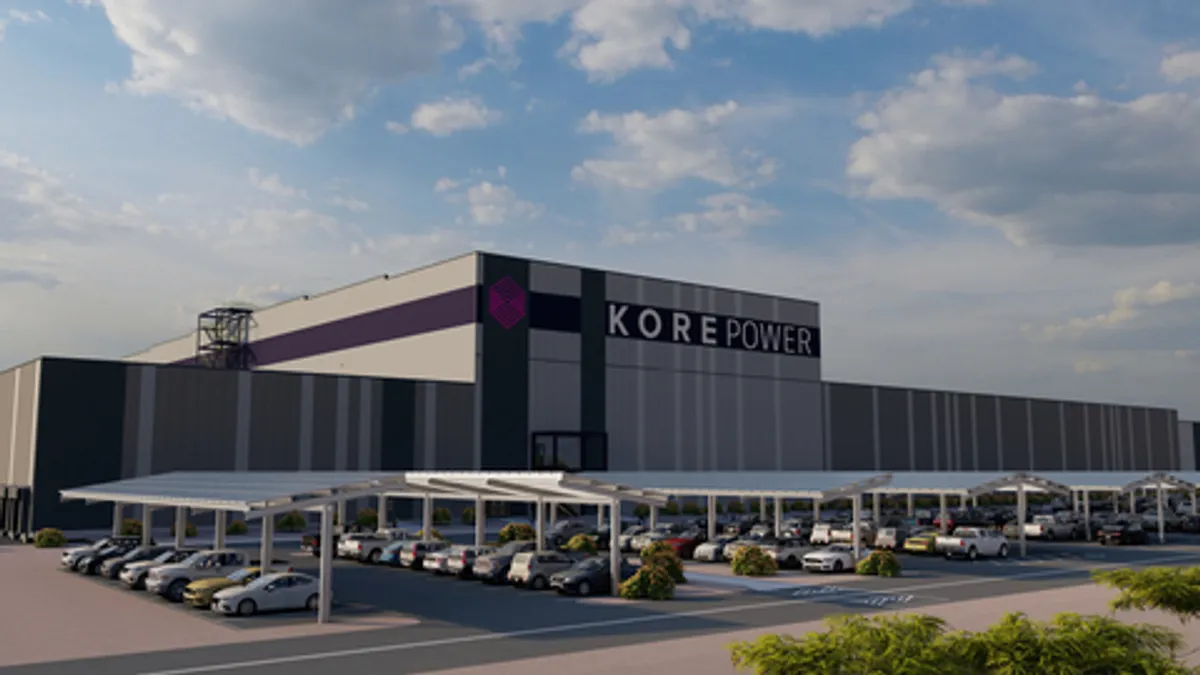As the economy stagnates and global factory activity remains slow, some manufacturers have taken drastic steps to quickly cut down on costs by laying off workers and closing facilities.
Stationary bike maker Peloton’s manufacturing subsidiary Precor announced in March that it would close its factory in North Carolina and lay off more than 100 employees.
U.S. EV manufacturer Lucid said it would lay off about 18% of its overall workforce last month, and Solo Cup manufacturer Dart Container Corp. laid off 84 workers. The tools-maker Stanley Black & Decker said it would close two facilities in Texas and South Carolina, too.
Manufacturers are making these decisions as consumer spending — which surged during the pandemic — returns to past norms and demand slows.
Still, headlines about layoffs and factory closures may not fully reflect the current state of U.S. manufacturers, said Chad Moutray, the chief economist at the National Association of Manufacturers. Despite concerns about a potential recession, Moutray argued that manufacturers are coming off a remarkably successful few years and that the current surge in layoffs isn’t particularly centralized in the manufacturing sector.
“We also have just shy of 13 million workers in manufacturing today. It's a threshold that I didn't think we would ever get back to,” Moutray said. “To the extent that things are starting to cool off a little bit, we are building off of a really strong base.”
Some companies are still dealing with challenges that were exacerbated during the pandemic, such as labor issues and supply chain disruptions. The labor shortage has continued to hit some manufacturing sectors especially hard, including aerospace and defense suppliers, according to Kevin Krot, head of mobility and industrial products at SGS Maine Pointe.
In fact, the shortage of skilled workers may be a reason to avoid layoffs and hold on to as many permanent employees as possible, said Lisa Anderson, founder and president of the supply chain and manufacturing consulting firm LMA Consulting Group. While manufacturers are understandably nervous about the impact of declining orders on their bottom line, there are also other strategies to prepare for a slower economy, she explained.
One strategy is to invest in a sales and operations planning process, which could involve understanding which manufacturers are reshoring or which are moving production to other locations, as well as working directly with customers to better understand where demand is coming from.
Companies might find themselves incentivized to shift production away from building inventory to focus on manufacturing other products, Anderson added.
In particular, manufacturers can weigh whether their facilities and workforces can be applied to industries they don’t normally prioritize. For example, there’s a considerable ramp-up in production for companies building products that are focused on combating the climate crisis or cutting down on emissions, and those companies are now on the hunt for new suppliers, explained Krot.
“There are a lot of industries right now that have high demand,” Krot said. “If you're focused on one industry that's being impacted, really understand: what [are] your core capabilities? Where can you leverage that elsewhere?”
While operations are slower, manufacturers can also use this time to set themselves up for future growth, said Patrick Penfield, a supply chain practice professor at Syracuse University. That might involve looking for ways to reduce the cost of particular materials or cutting overhead costs, such as by implementing more efficient LED lighting.
“The key is asking for help and trying to reduce costs and then looking for low-cost alternatives, right? Low-cost suppliers in different parts of the world,” Penfield said. “Another area that you look at is your processes, right? So we take a look, say: ‘Hey, do we really need to do this internally?’”
If a manufacturer absolutely has to reduce labor costs, Anderson suggested investing in automation and focusing on cutting workers who require less training. Of course, the best strategy of all is planning ahead and anticipating that things could turn around, possibly sooner than manufacturers might expect.
“It’s really kind of important that you don't overreact, and just start cutting inventory because you realize you're going to run out of cash,” Anderson added. “If you can get ahead of things you're going to be in better shape.”



















